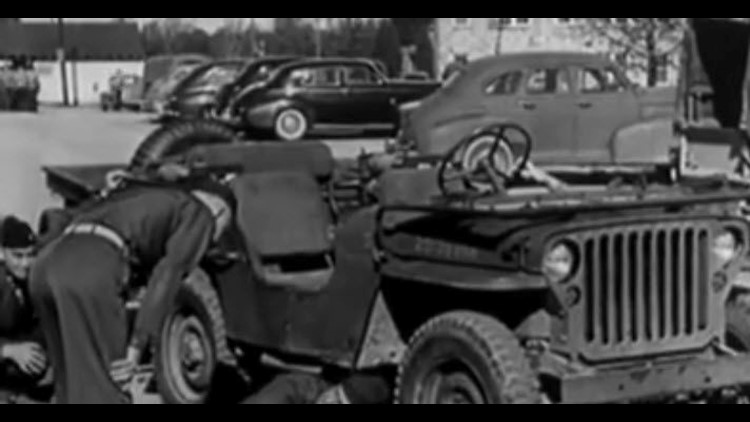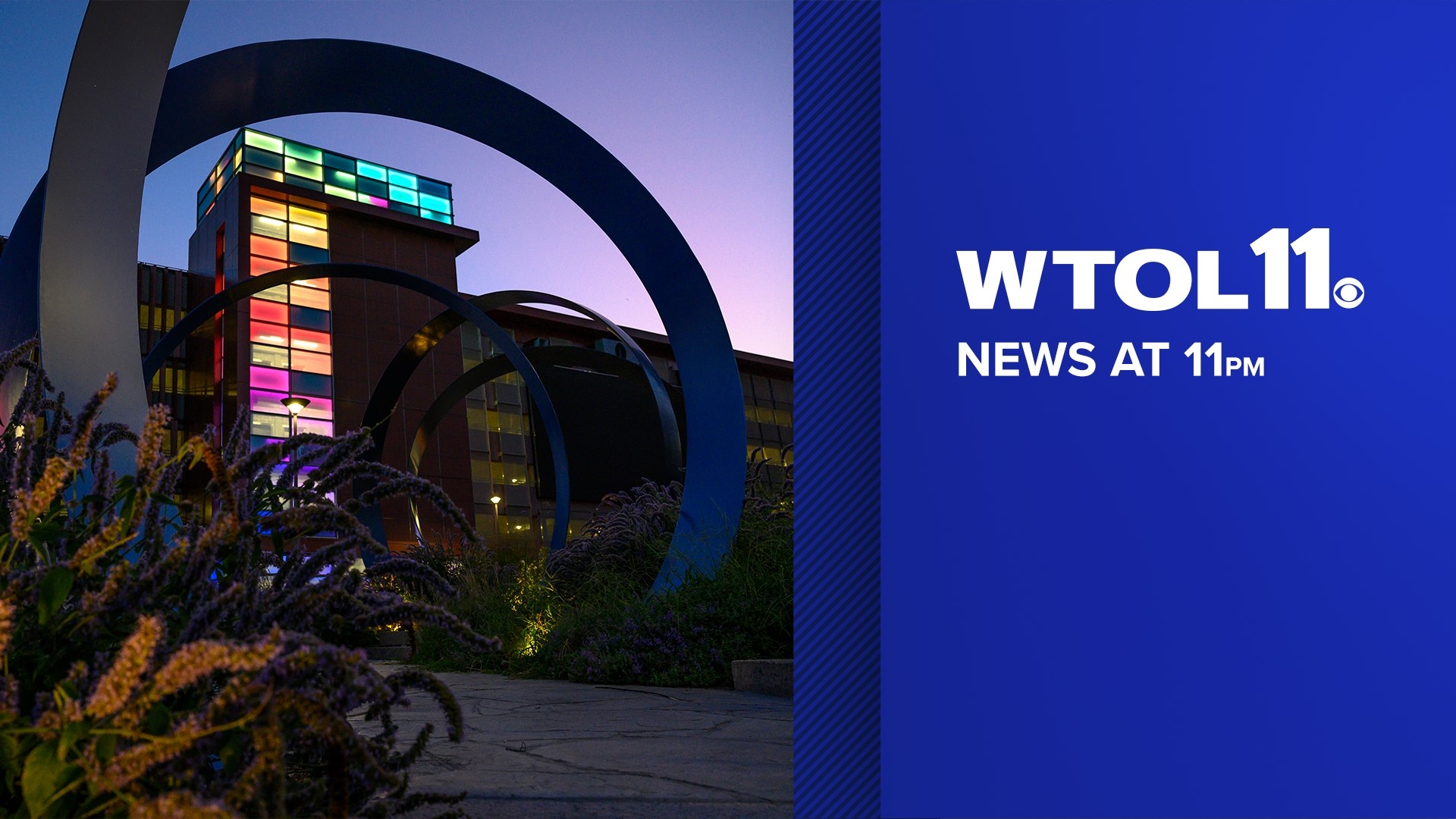
TOLEDO, OH (WTOL) - Jeeps have been rolling off the assembly lines in Toledo for decades, by the millions, in many shapes, and styles, and sizes.
But one thing that is constant is its rugged, iconic American image. That's been its legacy for nearly 80 years, since it debuted as a steel soldier in 1941.
This Toledo-born vehicle designed for World War II was a mixture of ideas and ingenuity between Ford, Bantam Motor Company and Willys-Overland.
The Bantam design was favored heavily, but with concerns that Bantam Co. couldn't handle the orders for so many, the War Department gave the prize to Toledo's Willys plant.
Within a year, this feisty little legend, using the best ideas from all three companies, and a powerful Willys go-devil engine, was rolling off the lines in Toledo, and soon was being put to the test ... as shown in the newsreel, "Autobiography of a Jeep."
"They tried to break my back on roller coaster roads," the 'Jeep' intones on the newsreel.
The came the real test - the battlefields of Europe and the Pacific Theatre of war where it found new challenges everyday.
"No matter what they asked me to do, pull cannons, make my own roads, or go 70 miles an hour it was no worse than what the driver was willing to do himself," the Jeep autobiography recalls.
Meanwhile, thousands of Toledo Jeep workers were building thousands of them a week to keep up with the demand ... over 360,000 by war's end in 1945.
Its presence in the war was ubiquitous. On every front, in every regiment and every war zone, on land, sea and air -- yes, even on planes. They played a diverse role and took a beating, but did their jobs like the four-wheeled warriors they were.
Correspondent Ernie Pyle wrote, "I don't think we could continue the war without the Jeep. Faithful as a dog, strong as a mule and agile as a goat."
It was credited by many as having played a critical role in the Allied victory and proudly took its place in the many victory parades that followed.
After the war, the world's familiarity and respect for the Jeep was robust, and Willys decided it was not going to abandon the Jeep to history's junk pile.
With some changes to make it roadworthy and more user friendly, the era of the civilian Jeep was born. The early CJ model (for civilian Jeep) was produced, becoming a popular utility vehicle for a variety of purposes.
That included the new American sport of off-roading.
There was no stopping the Jeep, and over the next eight decades, Toledo workers would continue to create one of the greatest automobile brands ever produced.
"Because the rumor is going around that Jeep is here to stay," according to the prognostication of that 1940s newsreel.



